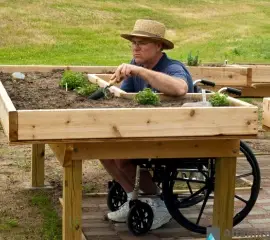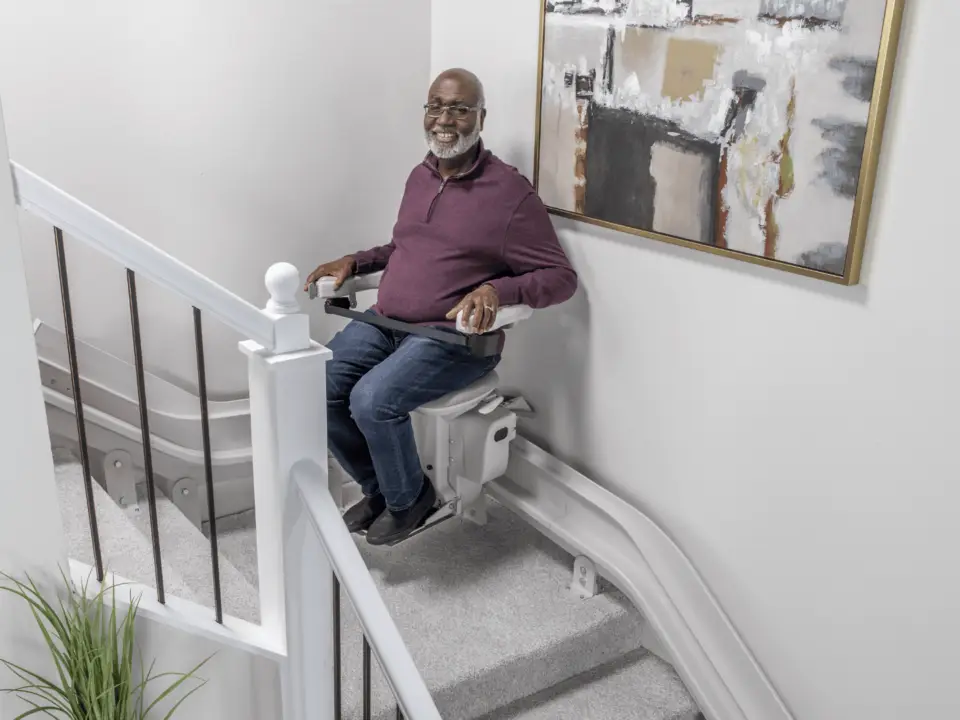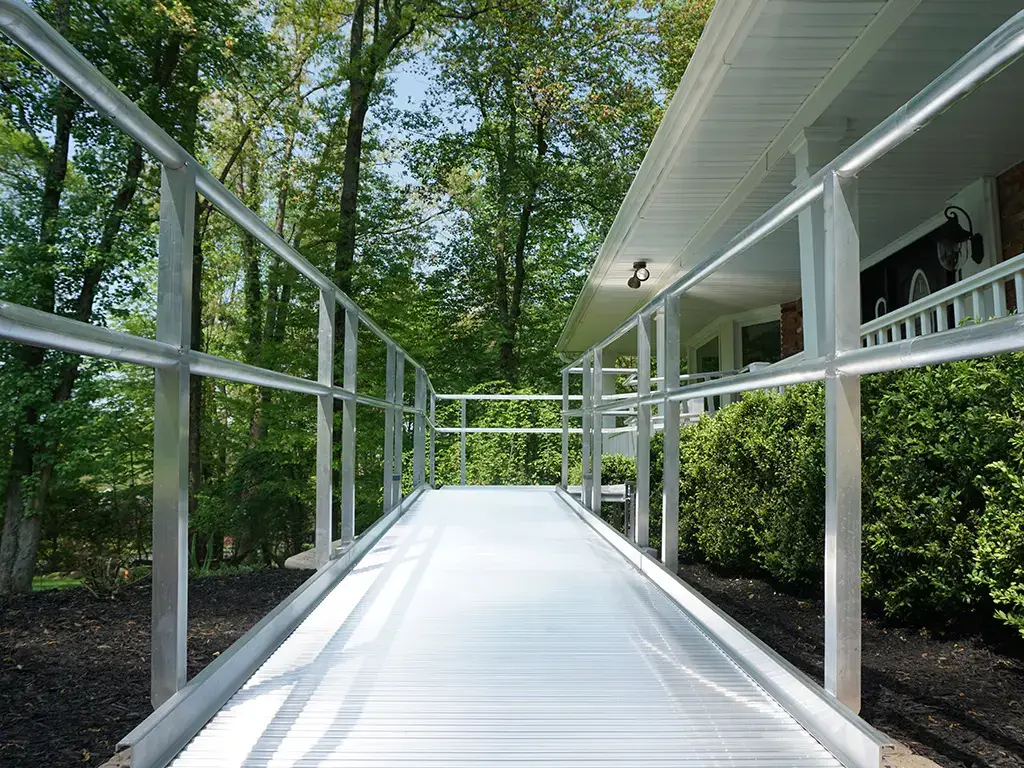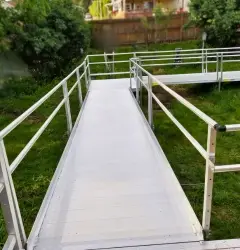Gardening is a fulfilling activity that promotes relaxation, physical activity, and a sense of accomplishment. For people in wheelchairs, gardening can be made accessible with thoughtful planning and adaptive techniques. Here’s how you can create a beautiful and functional garden that caters to your needs and maximizes your gardening experience.
1. Plan Your Garden Layout
Accessibility is key in garden design. Here are some tips to keep in mind:
- Raised Beds: Raised beds bring the garden up to a more manageable height, reducing the need to bend or stretch. They should be around 2-3 feet high and 2-4 feet wide for easy access from a wheelchair.
- Pathways: Ensure paths are wide enough (at least 3 feet) for a wheelchair to navigate comfortably. Non-slip surfaces such as gravel, brick, or concrete are ideal.
- Reachable Tools: Keep tools and supplies within easy reach. A pegboard or a garden cart can help organize and store your gardening tools at a convenient height.
2. Choose the Right Plants
Select plants that are easy to maintain and suit your climate:
- Perennials: Plants like lavender, hostas, and daylilies come back every year, reducing the need for frequent replanting.
- Edibles: Herbs, tomatoes, lettuce, and peppers are excellent choices for a wheelchair-accessible garden, providing both beauty and utility.
- Compact Varieties: Choose smaller, dwarf varieties of plants to keep everything within reach and easy to manage.
3. Utilize Adaptive Tools
Adaptive gardening tools can make a world of difference:
- Ergonomic Handles: Look for tools with ergonomic handles that reduce strain and are easier to grip.
- Extended Handles: Long-handled tools can help reach further without straining.
- Lightweight Tools: Lighter tools are easier to manage and maneuver, reducing fatigue.
4. Watering Solutions
Efficient watering is essential for any garden:
- Drip Irrigation: A drip irrigation system can ensure your plants get the right amount of water without the need for frequent manual watering.
- Self-Watering Containers: These containers are a great option for ensuring consistent moisture levels in your raised beds or pots.
- Accessible Hose Reel: Install a hose reel at a convenient height and location to make watering less of a chore.
5. Community and Resources
Engage with your local community and explore available resources:
- Gardening Clubs: Join a local gardening club to share tips, resources, and camaraderie with fellow gardeners.
- Online Forums: Online gardening communities can provide support, advice, and inspiration.
- Local Workshops: Participate in workshops focused on adaptive gardening techniques.
6. Enjoy the Benefits
Gardening offers numerous physical and mental health benefits:
- Physical Exercise: Gardening involves various movements that help maintain flexibility, strength, and cardiovascular health.
- Mental Well-being: The act of nurturing plants can reduce stress, anxiety, and depression, promoting overall mental wellness.
- Sense of Accomplishment: Watching your plants grow and thrive brings a sense of pride and achievement.
Gardening from a wheelchair is not only possible but can be incredibly rewarding. By incorporating these strategies and tools, you can create an accessible garden that provides beauty, bounty, and joy throughout the seasons. Embrace the experience and let your garden flourish!






